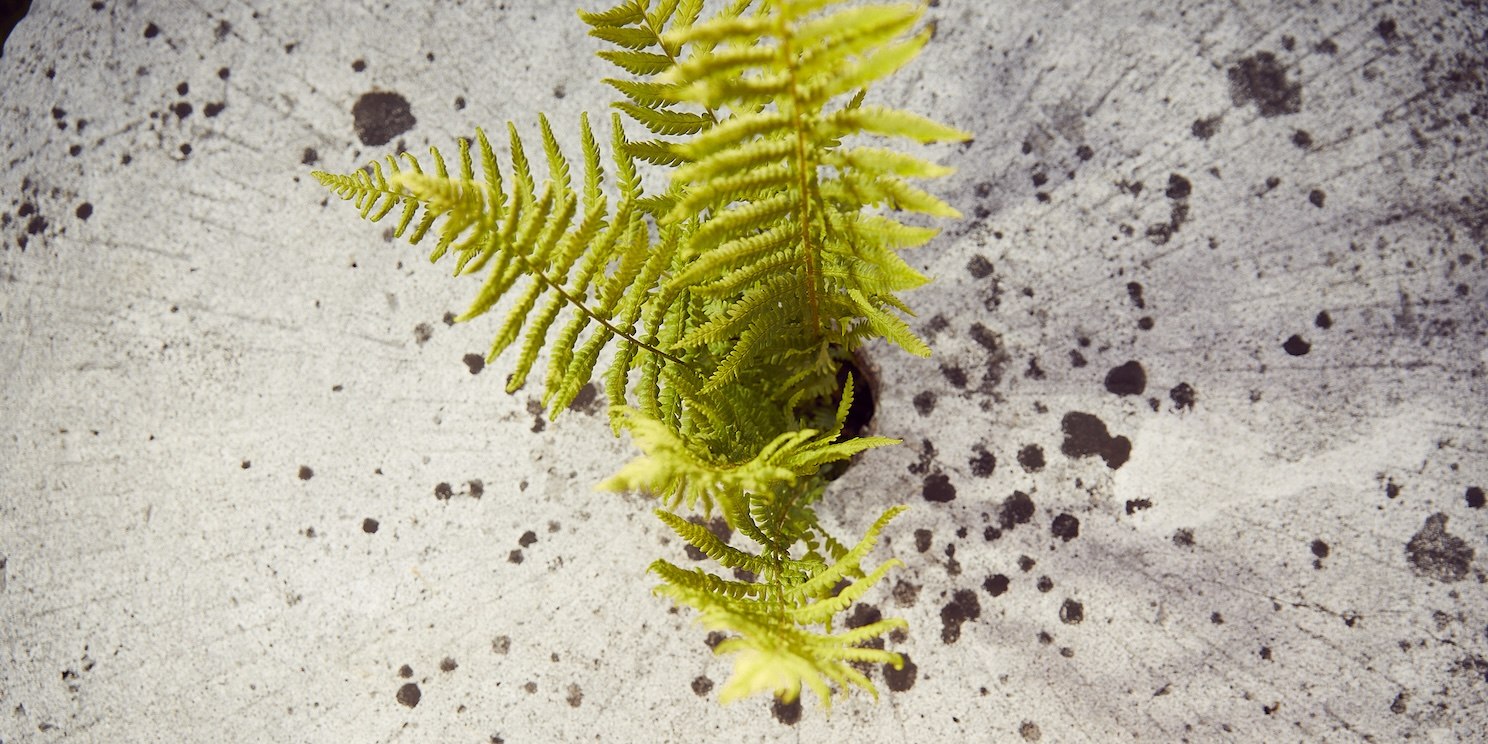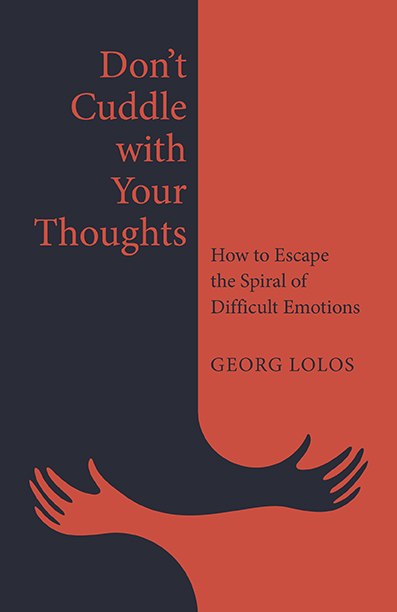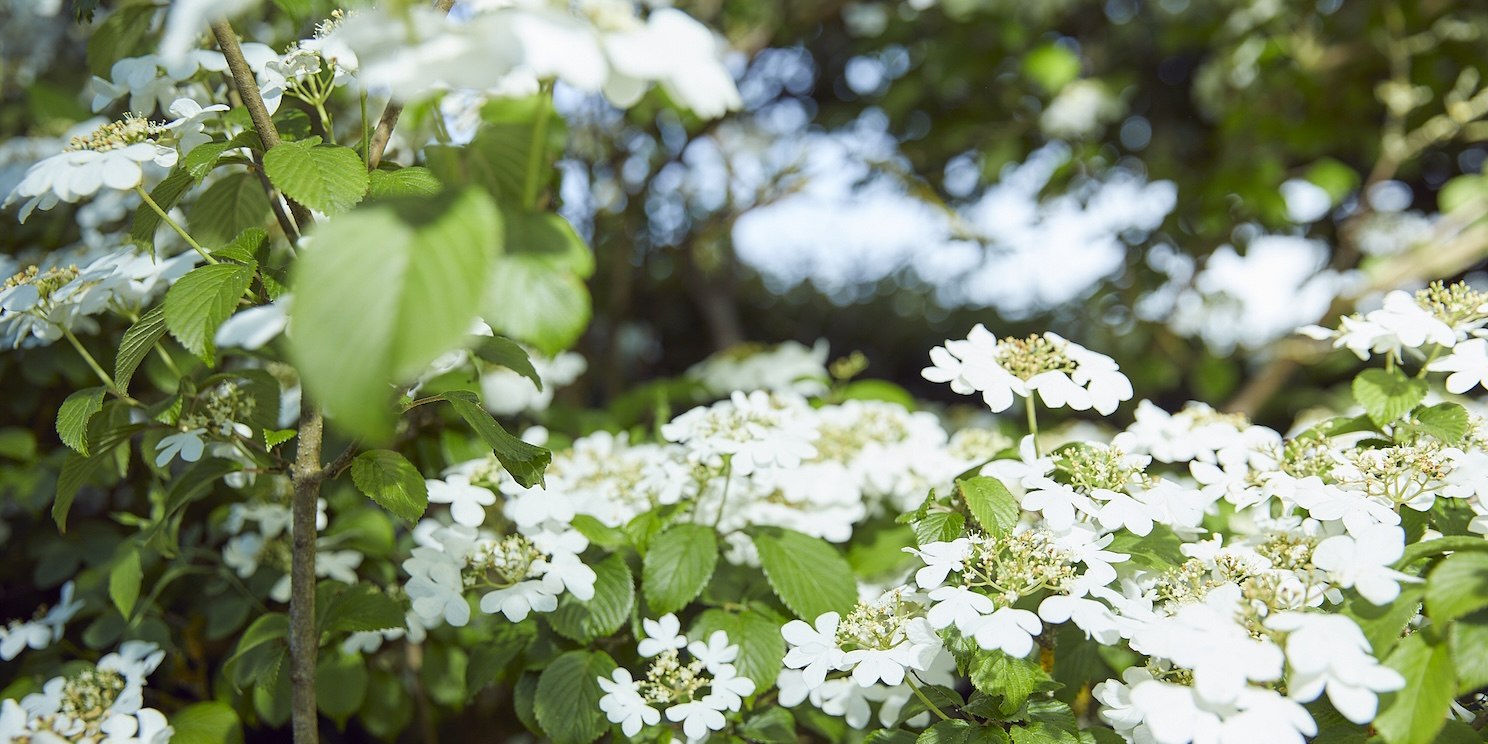Inferiority, Guilt, Control – How to recognize and escape your painful emotional states

25 years ago, it became my main job to observe and work with painful emotional states. Suffering from depression, I had moved from my home in Germany to the Buddhist monastery Plum Village. I spent three intensive years there, closely examining the painful thoughts and feelings that arose during my daily meditation practice. At one point I started to observe certain patterns: emotional states that kept repeating themselves.
Later, when I began to work with other people, I discovered that they also struggled with repetitive emotional states. And as I listened to more and more meditation students, I thought:
Wait a minute, that’s the same inner state I’ve already experienced.
Or at another moment I noticed:
That’s exactly what a different student told me yesterday.
To help guide myself and other people through these difficult emotional states, I began to categorize them and developed a simple inner map as a diagnostic tool. This is how the house with the 10 rooms came into being:
Content
The 10 rooms of consciousness
Imagine a big house, that resides within our consciousness. I call it the Ego-House. This internal building consists of 10 rooms that represent 10 different emotional states. A different difficult emotion resides in each room, and you visit them. Each room has its own mood and atmosphere, and when you enter a room, your perspective changes abruptly. You inhale the air of that particular state, and almost immediately you start to vibrate the same way on the inside, as though you were a loudspeaker connected to a stereo system. Your whole being internalizes the vibrations of the room and passes them on. Your emotions change immediately because you are all but hypnotized by the state that dominates this room.
If, for instance, you cross the threshold to the room where “inferiority” lives, you’re at the mercy of the mist and vibrations of this inner state. Your emotions and perspective adapt to the room’s atmosphere. The air you inhale is laden with inferiority. You will inevitably feel inferior, unloved, and lonely. As long as you remain inside the room, you identify with this emotional state.
Depending on the room you enter, the atmosphere you inhale, and the vibration in which you find yourself, your entire mood changes – as does your perspective on life.
In my experience, there is a total of 10 such rooms in the house, and “inferiority” is one of them. Regardless of which of the 10 rooms you enter, you will suffer in them. All of these states of consciousness feel inferior and unbalanced.
Everybody knows all the rooms, but we usually visit only two or three of them. The deeper you allow yourself to enter the room, the more agonizing and excruciating your suffering becomes. Next to inferiority the other rooms are: control, guilt, neediness, resistance, confusion, denial, powerlessness, hybris, and greed.
It’s crucial that we all learn to
- know how to take care of these painful emotional states.
- recognize the internal states (rooms) we enter.
Why inner self-care matters – for you and for the world
When I returned form the monastery, I told a friend about the practice of inner self-care. It was 2003 and hardly anyone where I lived knew anything about mindfulness meditation. So, I shared the basics with my friend: Practice focusing your attention on the current moment by following your breath and try to observe what is present in your field of awareness without judgement. After my sharing, my friend asked me with an annoyed expression:
And now I’m supposed to do this for the rest of my life?
I answered:
Well, you brush your teeth every day and you take a shower, but this is more important. Because theoretically, you can go without a shower and still be happy – despite being smelly. But you can’t be happy if you don’t know how to take care of your state of mind and deal with difficult emotions.
Inner self-care not only serves our own happiness, but also the survival of this planet. In fact, it is our greatest responsibility. Because every person on earth is experiencing an emotional state right here and now. These emotions are reflected in words and actions and therefore have social and political effects, the extent of which we often don’t really understand. Our state of our consciousness doesn’t just influence ourselves and the people around us. Rather it has an impact on society as a whole. For example, if you go to the ballot box with anger or fear, you will vote differently than if you cast your vote with compassion and inner peace.
A person’s emotional state becomes even more influential depending on how much power they wield. If a parent experiences a lot of unmanaged anger or fear, it can have devastating consequences for their child’s entire life. This effect is further amplified when one person can exert power over many beings, be it a politician or someone with enormous sums of money. If a person with a lot of power is unable to handle their anger, greed or neediness, they may end up exploiting people, animals and the environment. They may even start a war.
It’s almost comical that we wouldn’t think to go out in public in the morning with a coffee stain on our shirt – no way! But “wearing” fears, worries, or rage? By all means, go out into the world – no problem!
That’s why it is so important for a democratic society to educate its citizens about states of consciousness. One of my first thoughts upon arriving at the monastery was: “Why didn’t I learn mindfulness in school? It would have saved me – and the people around me – a lot of trouble.”
If you want to learn how to navigate through the realms of consciousness, you must first become aware of the states / rooms you enter. That’s why the Indian sage Nisargadatta Maharaj says, in his book “I am that” (1973), that alert attention is the mother of intelligence. You want to observe: Which thoughts lure me into certain rooms? What emotions do I experience there? And – most important – how can I get out of these rooms when I am suffering?
This is where the practice of mindfulness comes into play. Because non-judgmental observation is the core of mindfulness practice. The chart of the ego rooms combined with the mindfulness practice can help you to recognize difficult emotional states and to guide you to inner freedom, compassion and peace.
Want to find out which rooms you spend the most time in?
Take this quiz!

